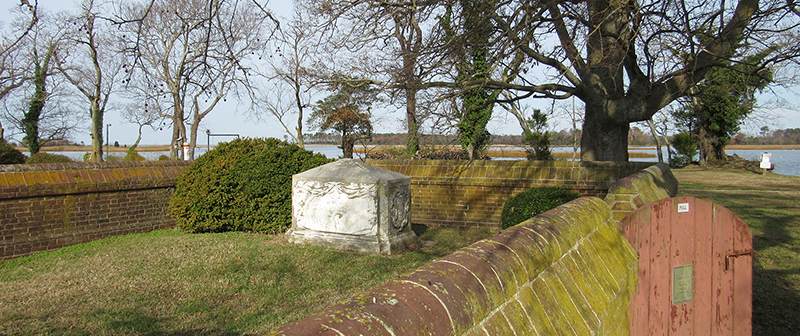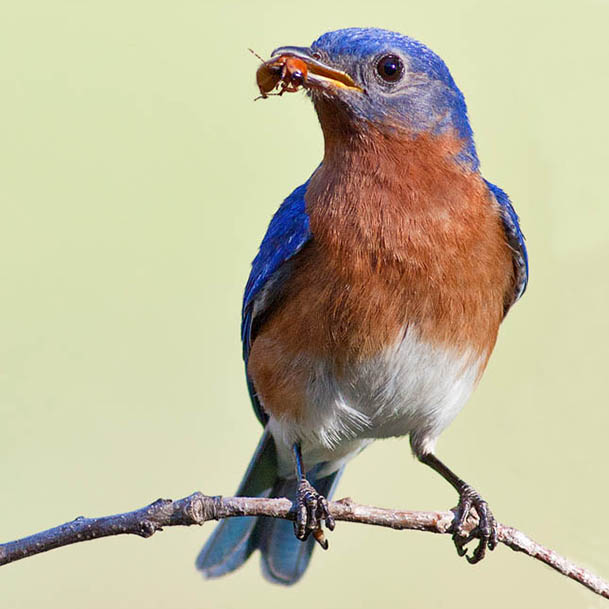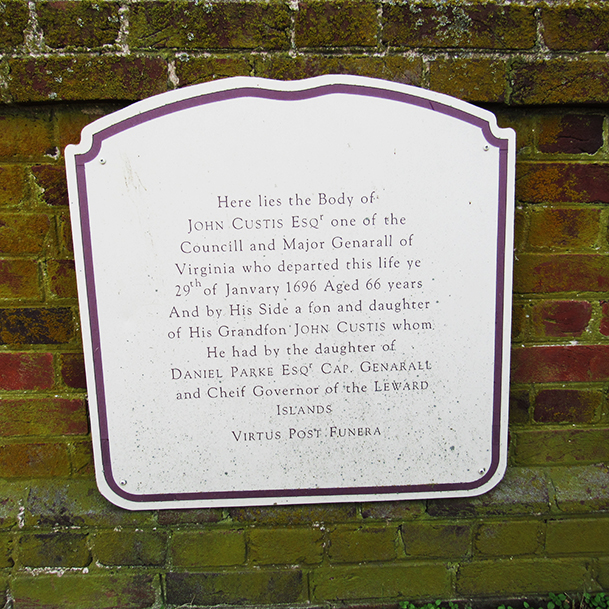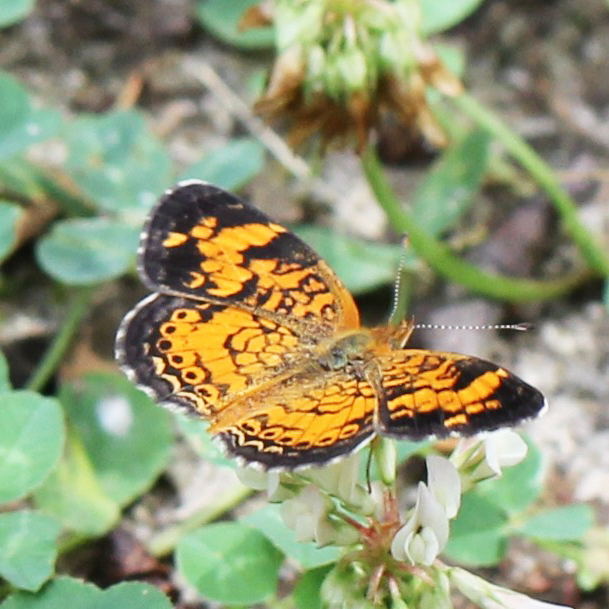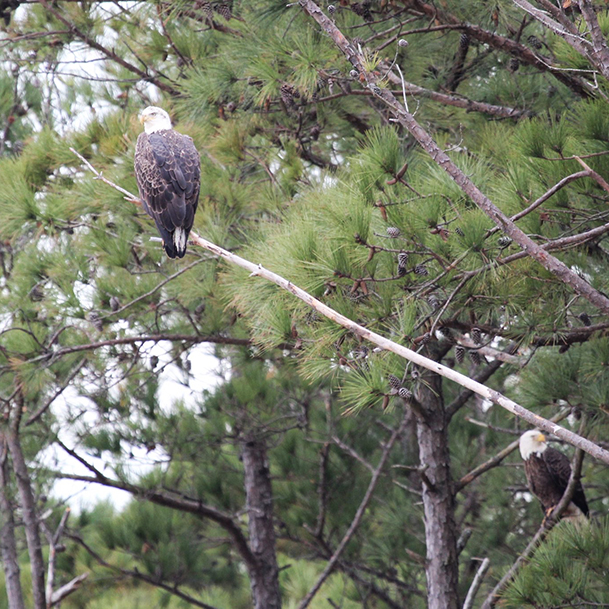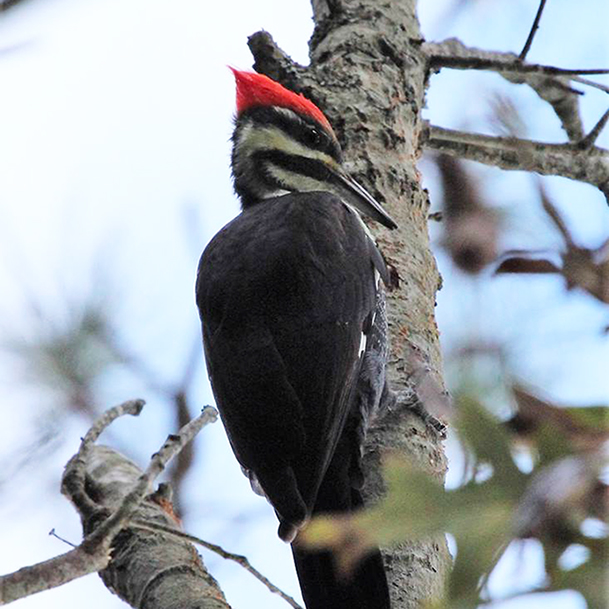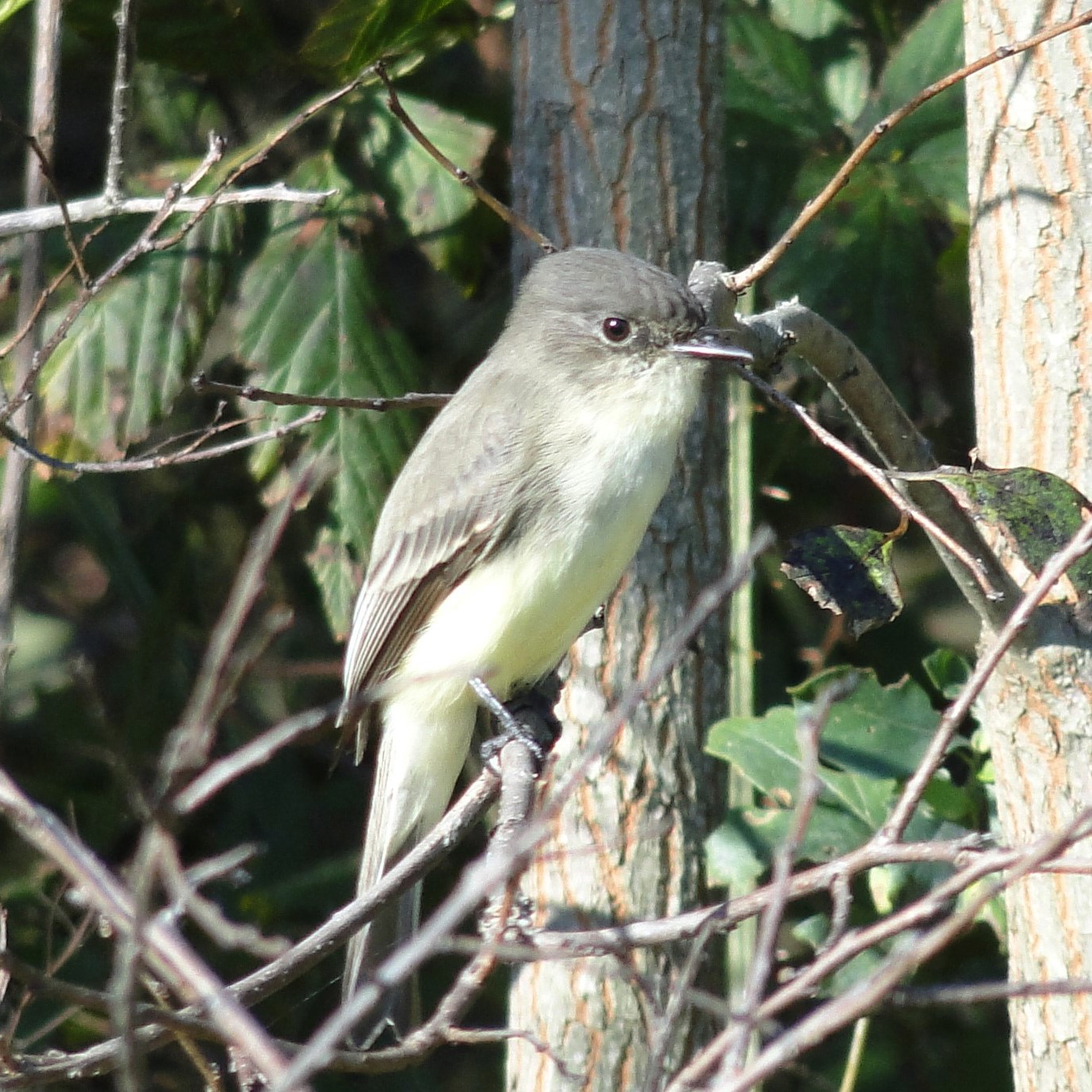CUSTIS TOMBS ON PLANTATION CREEK
In Brief: A short drive from Kiptopeke along Arlington Road, primarily of local historical interest, but occasionally host to flocks of shorebirds and field birds; usually worth a check in autumn and winter, perhaps during inclement or very wet weather in spring.
Access: 2157 Arlington Chase Road, Cape Charles, VA 23310. Day use year-round. No bathroom facilities.
EVERYTHING YOU NEED TO KNOW ABOUT BIRDING CUSTIS TOMBS ON PLANATION CREEK
This small historical cemetery near the end of Custis Tomb Road is accessible during daylight hours to the public. Here are the graves of John Custis (1630-1696) and heirs, among the earliest English settlers in the area. This lovely corner of Plantation Creek was the site of Accomack Plantation, the first English settlement on the Eastern Shore (1619), and the site of Arlington Plantation (1670-1720), the Custis family home. Birders come here mostly at falling tide or low tide to look for American Oystercatchers on the creek’s flats, along with other shorebirds (Dunlin, Semipalmated Plover, Black-bellied Plover, Short-billed Dowitcher), and to check the woodland edges for passerines. Over the years, most of the surrounding shrublands and fields have been developed for homes; as recently as the late 1990s, a small colony of Dickcissels nested here, along with the only coastal record of nesting Bobolinks in 1999.
The section of Custis Tomb Road between Arlington Road and the tombs passes through mostly agricultural land, where wet fields can hold thousands of shorebirds in spring and fall. This stretch, along with adjacent (private) Wheat Lane, exceptionally attracts rarer species such as Buff-breasted, Baird’s, and Upland Sandpipers, with one record of Sharp-tailed Sandpiper (4 September 2003). Naturally, farm fields, especially harvested potato fields, can attract shorebirds anywhere in the area, but this low-lying section of the county seems to be very attractive for some reason. Even in winter, when wet, these fields attract many shorebirds, mostly Dunlin and Black-bellied Plover, with unexpected species such as Red Knot and Long-billed Dowitcher putting in appearances. Springtime fallouts of shorebirds here have been especially dazzling (usually during heavy rain/fog), with thousands of Ruddy Turnstones and Black-bellied Plovers in striking breeding plumages. In cooler months, watch for flocks of American Pipits or Horned Larks, which on occasion hold less-common field species such as Lapland Longspur. For some reason, this part of the county is most consistently attractive to wintering Vesper Sparrows (up to 7 per “flock”); watch road edges between Wheat Lane and Townsend Road. Heavy snows in this area can make such field birds much easier to detect. Be sure when birding from roadsides here (and everywhere else) to pull completely off the roadway in a safe location; watch out for passing cars; and be sure not to trespass on private land.
